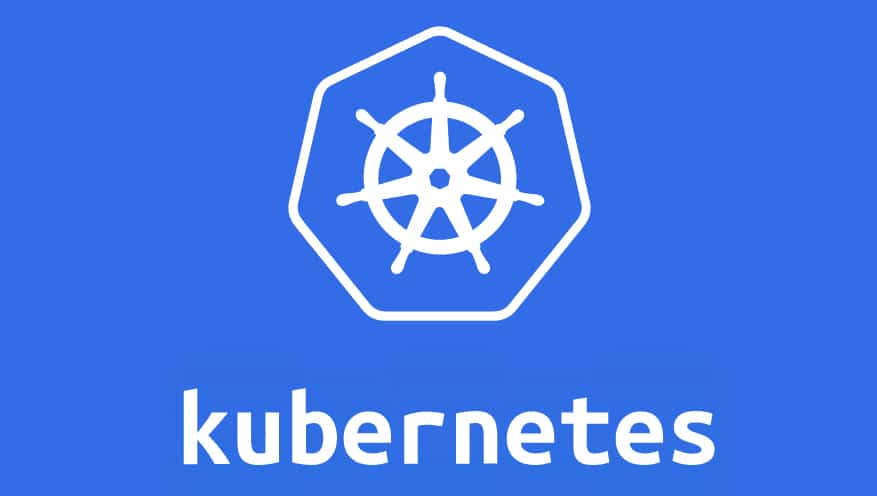
Kubernetes has received a new update. The version 1.5 brings native support Windows server containers and is designed to run distributed database.
The Google team behind Kubernetes is aiming to help .Net developers with the latest release. This is the reason Kubernetes 1.5 enables initial support for Windows Server 2016 nodes and scheduling Windows server containers. This support is likely to be improved over time, as developers are expected to give feedback on improvement areas.
The support for Windows containers is big news for the open source world after Amazon Web Services entered the container management market with Blox. Amazon’s offering might face stiff competition from Kubernetes.
Apart from the Windows container support, the updated Kubernetes has Kubefed that comes as a new command-line tool to help you manage multi-cluster federations at once. You can also use StatefulSet to manage pods in a smarter way.
StatefulSet beta allows persistent identity and per-instance storage workloads to be created, scaled, deleted and repaired right on Kubernetes. Also, it eases the deployment of stateful services and provides tutorial examples.
The new Kubernetes also comes preloaded with the first version of Container Runtime Interface (CRI) API to enable pluggable container runtimes. The platform also includes a beta version ofNode conformance test.
You can download Kubernetes 1.5 on your system directly from its online repository on GitHub. It is also available through get.k8s.io.











































































[…] last few years, Kubernetes has become a standard for container orchestration and microservices. However, the steep learning curve required to […]
[…] to help you manage cloud containers. The latest Red Hat OpenShift Container Platform is based on Kubernetes 1.5 — backed by Red Hat Enterprise Linux […]